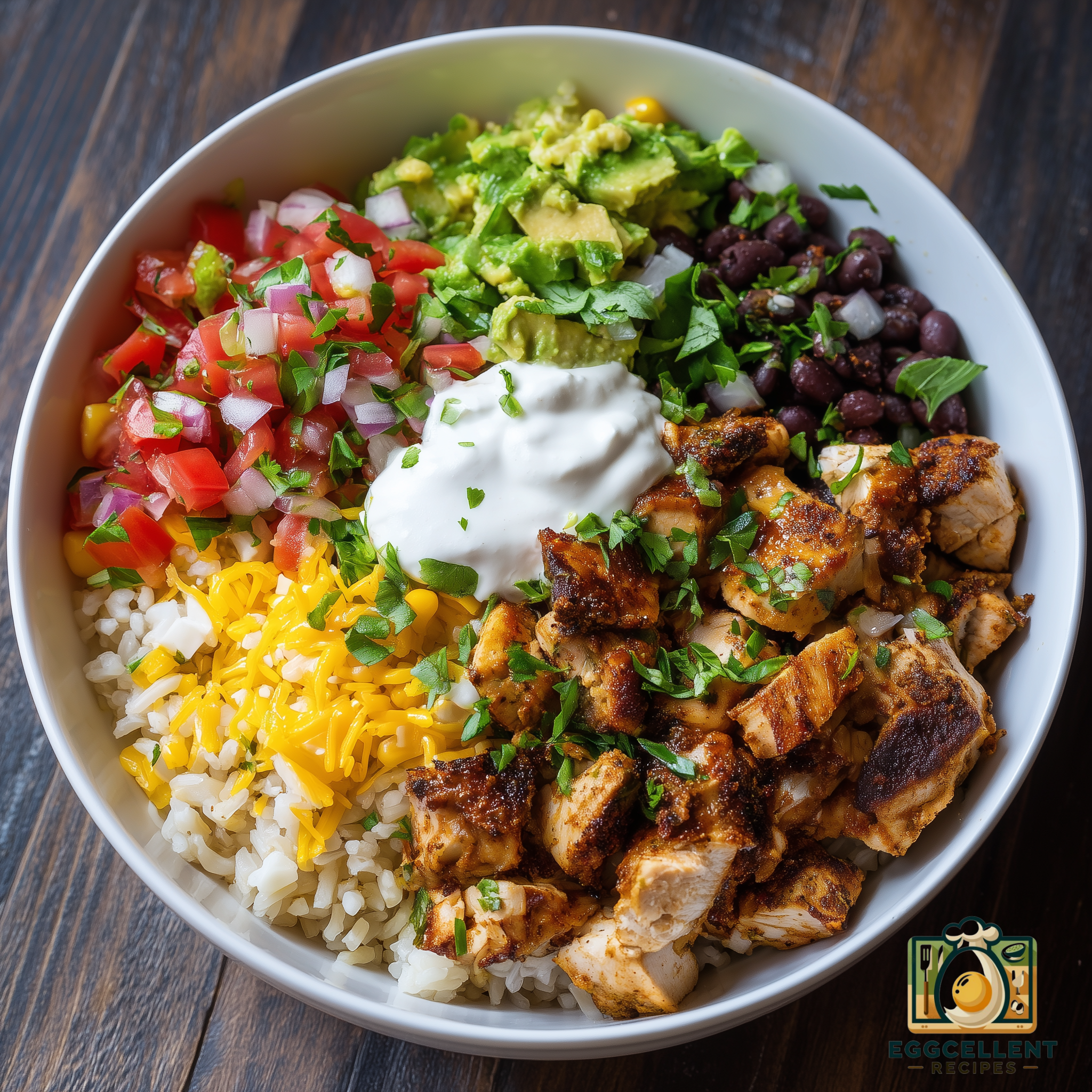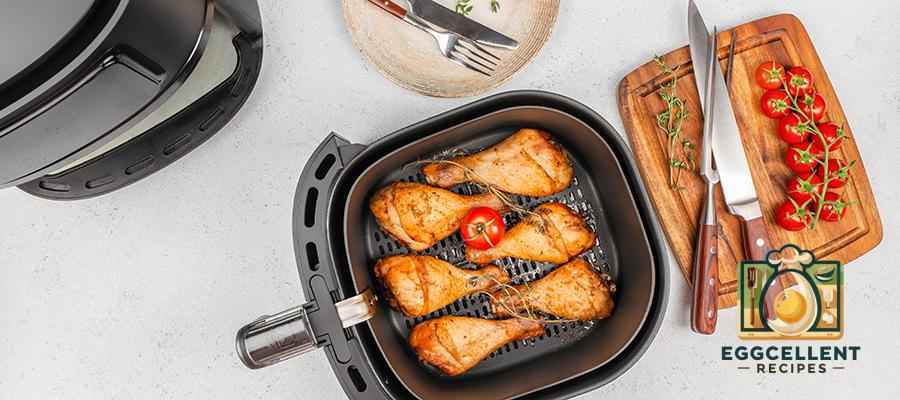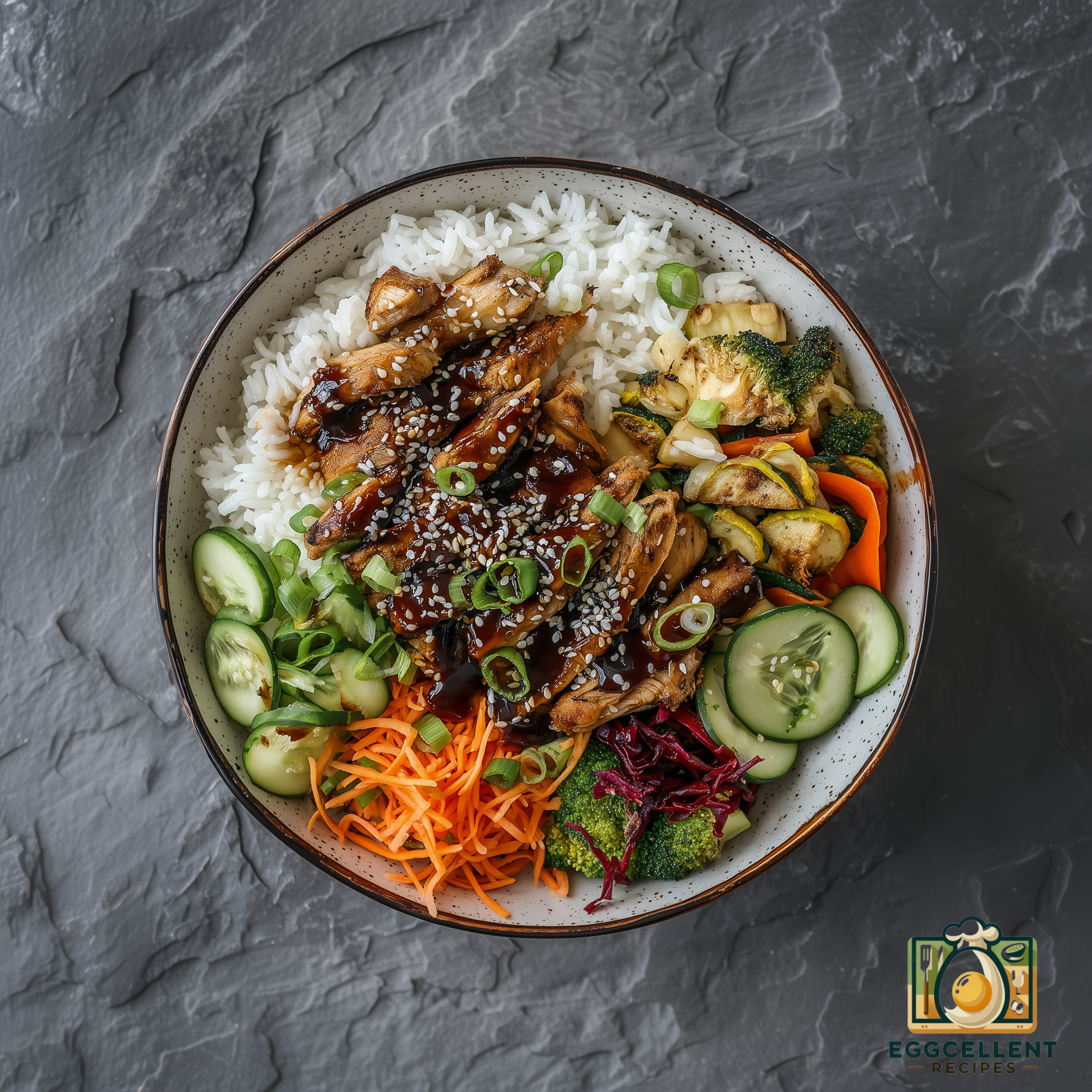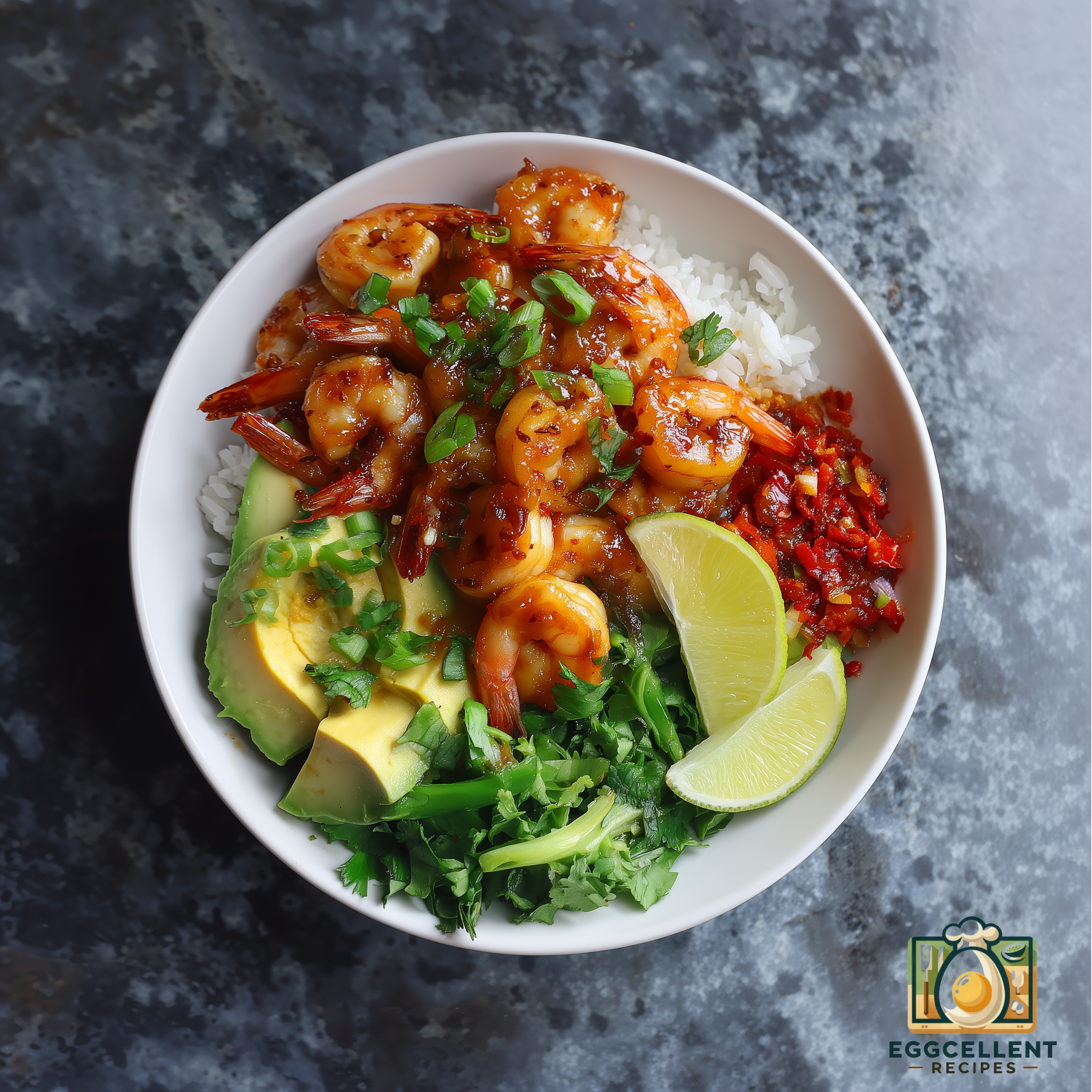
Why the Glycemic Index Matters
The glycemic index (GI) ranks carbohydrate-containing foods by how quickly they raise blood glucose on a scale of 0–100 (pure glucose = 100).
| GI Range | Classification | What It Means in Real Life |
|---|---|---|
| 0 – 55 | Low GI | Slow, steady rise—ideal for weight-management, diabetes, and all-day energy |
| 56 – 69 | Medium GI | Moderate rise—fine in balanced meals |
| 70 + | High GI | Fast spike & crash—best kept for treating lows or post-workout refuel |
Low-GI foods digest more slowly, blunting insulin surges, curbing cravings, and sustaining fullness.
Master List of Low-Glycemic Foods
1. Whole Grains & Starches
| Food (Cooked, unless noted) | Typical GI | Smart Serving Tip |
|---|---|---|
| Steel-cut oats | 42 | Top with nuts for extra protein & crunch |
| Quinoa | 53 | Batch-cook for quick bowls |
| Pearl barley | 25 | Swap for rice in soup or risotto |
| Buckwheat groats (kasha) | 49 | Perfect base for gluten-free stir-fries |
| Sweet potato (boiled) | 44 | Keep the skin for extra fiber |
| Brown basmati rice | 50 | Rinse, then cook in stock for flavor |
| Lentil pasta (dry) | 33 | Packs double the protein vs. wheat |
Pro tip: The less processed the grain, the lower its GI.
2. Legumes & Pulses
| Food | GI | Why It Rocks |
|---|---|---|
| Lentils (green, brown, red) | 29–32 | Fast weeknight protein |
| Chickpeas (garbanzo beans) | 31 | Blend into hummus or roast for snacks |
| Black beans | 30 | Fiber bomb—15 g per cup |
| Kidneys / cannellini | 29 | Great for chili & stew |
| Split peas | 25 | Puree into hearty soup |
3. Fruits (Yes, You Can Eat Fruit!)
| Low-GI Fruit | GI | Serving Idea |
|---|---|---|
| Cherries | 22 | Add to Greek yogurt |
| Grapefruit | 25 | Half sprinkled with cinnamon |
| Apples | 36 | Pair with nut butter for protein |
| Pears | 38 | Dice into spinach-walnut salad |
| Oranges | 40 | Toss segments into quinoa |
| Strawberries | 41 | Blend into smoothies |
| Blueberries | 53 | Freeze for crunchy “ice-cream” bites |
(Dried fruit & fruit juice jump into medium/high GI—enjoy sparingly.)
4. Non-Starchy Vegetables (GI < 15 for almost all)
Think leafy greens, crucifers, peppers, cucumbers, zucchini, mushrooms, tomatoes, and onions. Load half your plate for bulk without spikes.
5. Dairy & Alternatives
| Food | GI | Note |
|---|---|---|
| Plain Greek yogurt | 11 | Check sugar in flavored cups |
| Cow’s milk (whole or low-fat) | 31–34 | Protein + calcium |
| Unsweetened soy milk | ~34 | Plant protein option |
| Cheese (most) | Negligible | Minimal carbs, low impact |
6. Nuts, Seeds & Healthy Fats (Virtually zero impact)
-
Almonds, walnuts, pistachios
-
Chia, flax, and pumpkin seeds
-
Nut butters (no added sugar)
-
Avocado, olives, extra-virgin olive oil
Fats and protein lower the overall GI of a meal by slowing digestion.
Practical Tips to Keep GI Low
-
Cook “al dente.” Shorter cooking time = firmer texture = lower GI (think pasta and oats).
-
Add acid. A splash of vinegar or lemon juice can reduce the meal’s glycemic response.
-
Pair with protein & fat. Chicken breast, tofu, nuts, or olive oil blunt carb absorption.
-
Mind portion size. GI measures quality; Glycemic Load (GL) factors in quantity. Overeating even low-GI carbs can still spike blood sugar.
-
Go whole & intact. Choose kernels, seeds, or minimally processed grains over flours.
Final Thoughts
Low-glycemic eating isn’t about deprivation—it’s about strategic choices that keep energy steady and hunger in check. Stock your kitchen with the foods on this list, build balanced plates by pairing carbs with protein/fat, and enjoy the sweet stability of smooth-sailing blood sugar.






